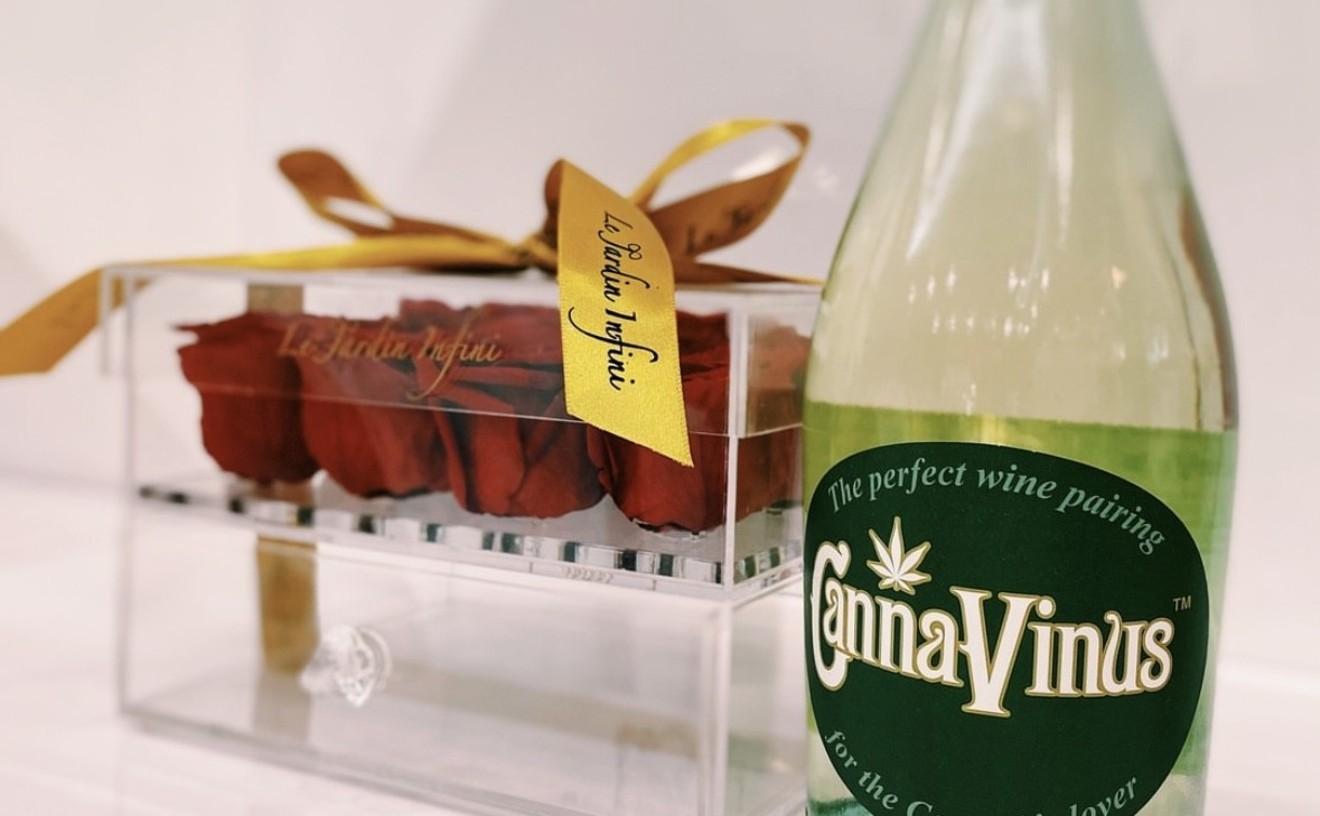A couple weeks ago, I asked readers if they had any suggestions on what to do with some dried, Mexican chiles I had purchased at a local grocery store. I bought a bag of cascabel chiles and a bag of ancho chiles, and was looking to make something fun with them. Our reader, Freakerdude, came through and offered this advice:
Chili is one recipe you can use them in. Take about 3 ancho, 3
pasilla, and 3 guajillos and remove the top and seeds. Hyrdate them by
boiling lightly for a few minutes. Combine them in a blender. Strain
the mixture through a fine screen into your pot of chili.
An awesome al pastor is my favorite recipe though. I always have 3
kinds of hand....ancho, chili de arbol, and guajillo. I also keep
chipotle and pasillas on hand. I'll send you my al pastor recipe to
check out.
I decided to run with Freaker's ideas for a Super Bowl gathering at my house last night. I made beef sirloin chili con carne with ancho, cascabel, arbol, and chipotle chiles. I also made an al pastor marinated, barbecued pork shoulder and a lamb leg with the same preparation. And, for the most part, each dish came out fantastic (the lamb didn't, exactly, but that's another story).
I'm going to start off recapping the weekend-long cooking session by talking about how I prepared the chiles for each dish.
The first thing I needed to do was transform these dried chiles into a usable product. I decided early on that I would be making chile powder out of each of the varieties. But I also wanted to hydrate some of them as Freakerdude suggested.
I began by seeding and stemming the whole chiles. I set up four large bowls and got to work -- one bowl was to discard the stems and seeds into, and each of the other three bowls were to hold the three dried chiles I was working with. To recap, I used ancho, or dried poblanos, which are nutty, fruity, and chocolaty; cascabel, which are also quite chocolaty, but with slightly more heat; and arbol, which are fiery little red chiles of death that are toasty and quite hot.
Seeding a chile is relatively easy: you simply cut the chile open with kitchen shears (or your hands) and shake out the seeds. With the arbols, this process is the easiest, because the pods are long and you can rub the sides to easily loosen the seesd. But it's also the most time consuming, because the arbols are small and it takes more to make enough powder. I found it most difficult to remove the seeds from the anchos, because they tended to cling to the sticky walls of the pepper.
Seeds removed, it's time to convert your dried peppers into powder or puree via hydrating.Hydrating is simple if you already separated the chiles into bowls like I did. All you have to do is heat some water to boiling, and pour it in the bowl over the chiles. Then cover the bowl with plastic wrap or a towel, and wait about 20 minutes until the water turns into a spicy chile tea. The flesh of the peppers should reconstitute, and you'll have soft, semi-leathery chiles to work with. These can be pureed in a food processor into a paste and then applied as you like -- just be sure to strain the puree, as bits of pepper skin tend can ruin the otherwise smooth paste. If you're having trouble blending smooth, just add a bit of the steeping liquid. The paste can be stored in the fridge or frozen for later.
The second method, powdering, is a little more time consuming, but actually prefer it. The reason is I really like having the flavorful chile powder on hand to use in soups and marinades.
Start out by heating your cast iron skillet on high heat (you have a skillet, right?). Next, add the seeded and stemmed chiles to the skillet and allow them to "toast." You'll know you're achieving this when you start to smell a nutty, roasted aroma coming from the chiles. In the case of the arbols, you may also start sneezing uncontrollably from the capsicum in the air. Don't worry. It will completely clear your sinuses out.
You don't want to burn your chiles, but you do want to dry them out. The anchos and cascabels, though dried, are sometimes sticky. As a result, they'll take longer to toast. The arbols will toast quickly -- be careful not to burn them.
Once your peppers are toasted, remove the pods from the skillet and allow to cool for a few minutes. Once they're no longer warm, break them into smallish pieces with your fingers or a knife. Next, transfer the chile pieces into a coffee grinder -- preferably one you reserve just for grinding spices. If you do not have a second coffee grinder, you can still use the one you make coffee with. Just be warned your next few batches might have some kick to them. Also be sure to clean the grinder thoroughly before and after you grind the chiles.
Pulse the chile peppers in batches. Just tap the button on the grinder at first, until the large pieces break up. Otherwise, you might jam the grinder with a big, leathery piece of pepper. Whatever you do, do not open the grinder immediately after pulsing. Wait a good minute or two before attempting to take that lid off, or you'll get a face full of hot pepper powder. That's never a good thing.
Once your pepper are completely powdered, they'll keep in an air-tight container in your spice cabinet for six months or so. My guess, though, is that after tasting this stunning powder, it will be gone in a few weeks. Which is cool. You know how to make more now.
Tomorrow: Chile con carne with your homemade spices.










